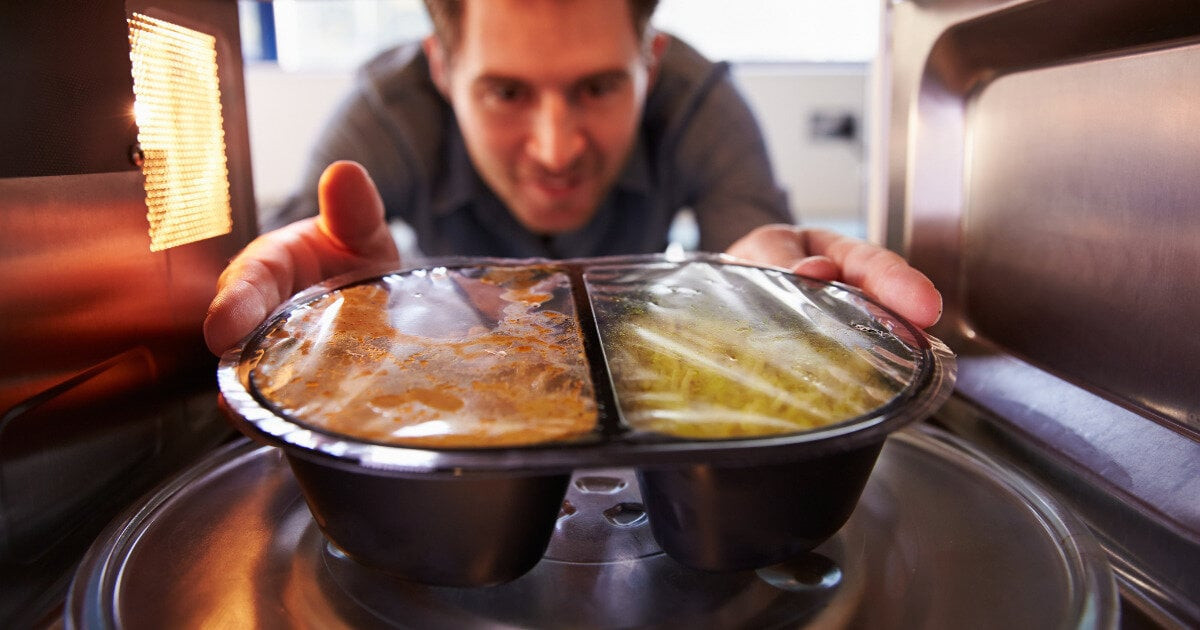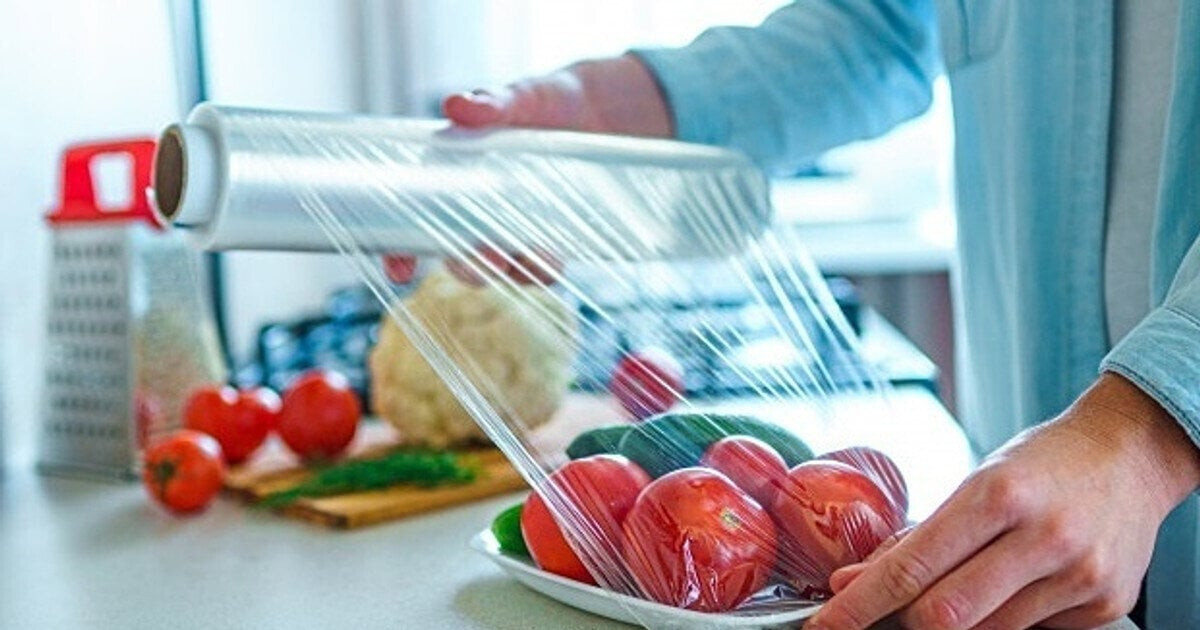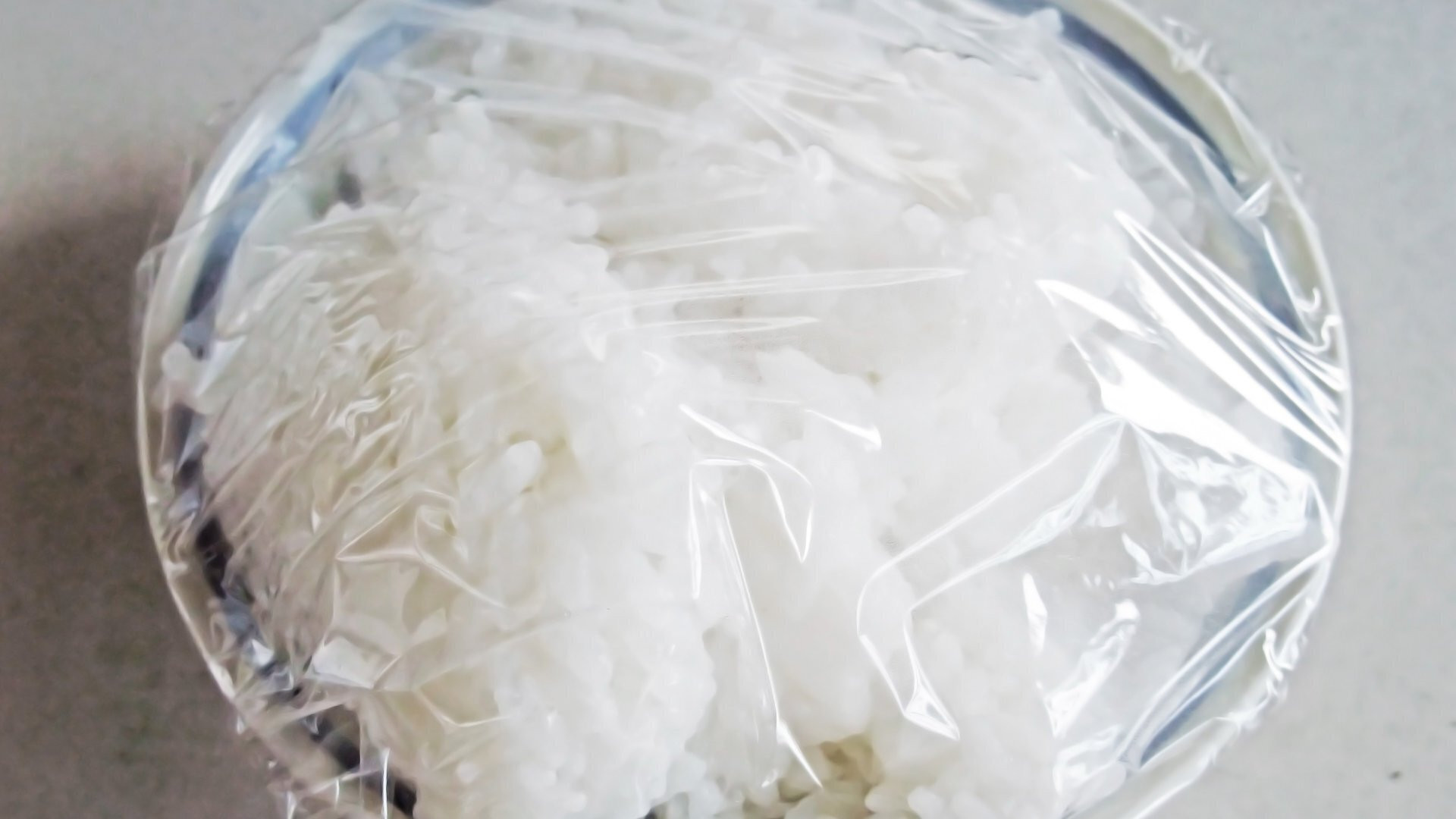Using plastic wrap to preserve stored food is a "treasure" of housewives, so should we use plastic wrap in the microwave?

Nowadays, food wrap is an indispensable item in the kitchen of Vietnamese families. It not only helps to preserve food better but also saves time and effort for housewives.
In fact, many housewives often use plastic wrap in the microwave when they need to cover food to heat or cook it without losing moisture. Is this method safe?
According to home appliance experts, plastic wrap can be used in the microwave, but not all types can be used, it also depends on the material of the product. Users should pay attention to the symbols on the plastic wrap box to know if the product can be put in the microwave, because plastic wrap made of different materials will have different uses.
Currently, the plastic wrap on the market is divided into two types, the regular type is mainly used to preserve food, wrap food stored in the refrigerator; the second type is microwave plastic wrap, which can be used in microwave ovens.
Common types of plastic wrap are PE and PVC, used to wrap vegetables, fruits, and leftovers. These two types of film cannot withstand high temperatures and can only be used to preserve food in the refrigerator, helping to keep vegetables and food longer. Especially with PVC plastic wrap, if you put it in the microwave, toxic substances can precipitate, which is harmful to health.

PMP and PVDC film can be used in microwave ovens. Both of these films can withstand high temperatures, from about 140 degrees Celsius to 180 degrees Celsius. The product is often clearly labeled "Microwave safe" by the manufacturer on the packaging label. Compared to conventional film, the two types of film used in microwave ovens are much more expensive.
To know whether to use plastic wrap in the microwave or not, pay attention to the symbols on the box or product packaging.
When reheating greasy food, to ensure that the food does not splatter onto the walls of the oven, you should use plastic wrap to cover the container/bowl instead of a lid. However, the distance between the film and the surface of the food should be at least 2.5 cm to ensure that the film does not break when the food in the bowl increases to a high temperature.
In addition, after wrapping food, you should use a toothpick to lightly poke a few holes on the surface of the plastic wrap before putting it in the oven to evaporate the water and avoid breaking the plastic wrap.
Because food wrap has many advantages such as low cost, light weight, convenience, etc., the demand for its use is increasing day by day. To reduce the risks when using it, you need to note:
Do not use plastic wrap to wrap cooked food, hot food, and foods containing grease because after contact with them, the chemical components in the wrap will easily react with the food, causing many harmful effects to health.
In addition, do not use plastic wrap to wrap foods in acidic, alkaline or high temperature environments. These toxic substances seep into food and affect the endocrine system, causing premature development in girls and reproductive problems in boys.

The plastic wrap needs to be at least 2.5cm away from the food because if wrapped directly, harmful substances in the plastic wrap can contaminate and penetrate the food, causing unpredictable harm to health. Therefore, food should be placed in a glass container and then covered with plastic wrap.
Also, do not use plastic wrap to wrap carrots, cucumbers, and green beans because it will greatly reduce the vitamin C content of these fruits and vegetables.
After purchasing and using, you need to store the plastic wrap in a place with average temperature. Too high or too low temperature can easily cause the plastic wrap to change and produce toxins. In particular, you should not use plastic wrap that shows signs of mold, is oxidized, or has a strange smell.
TB (according to VTC)